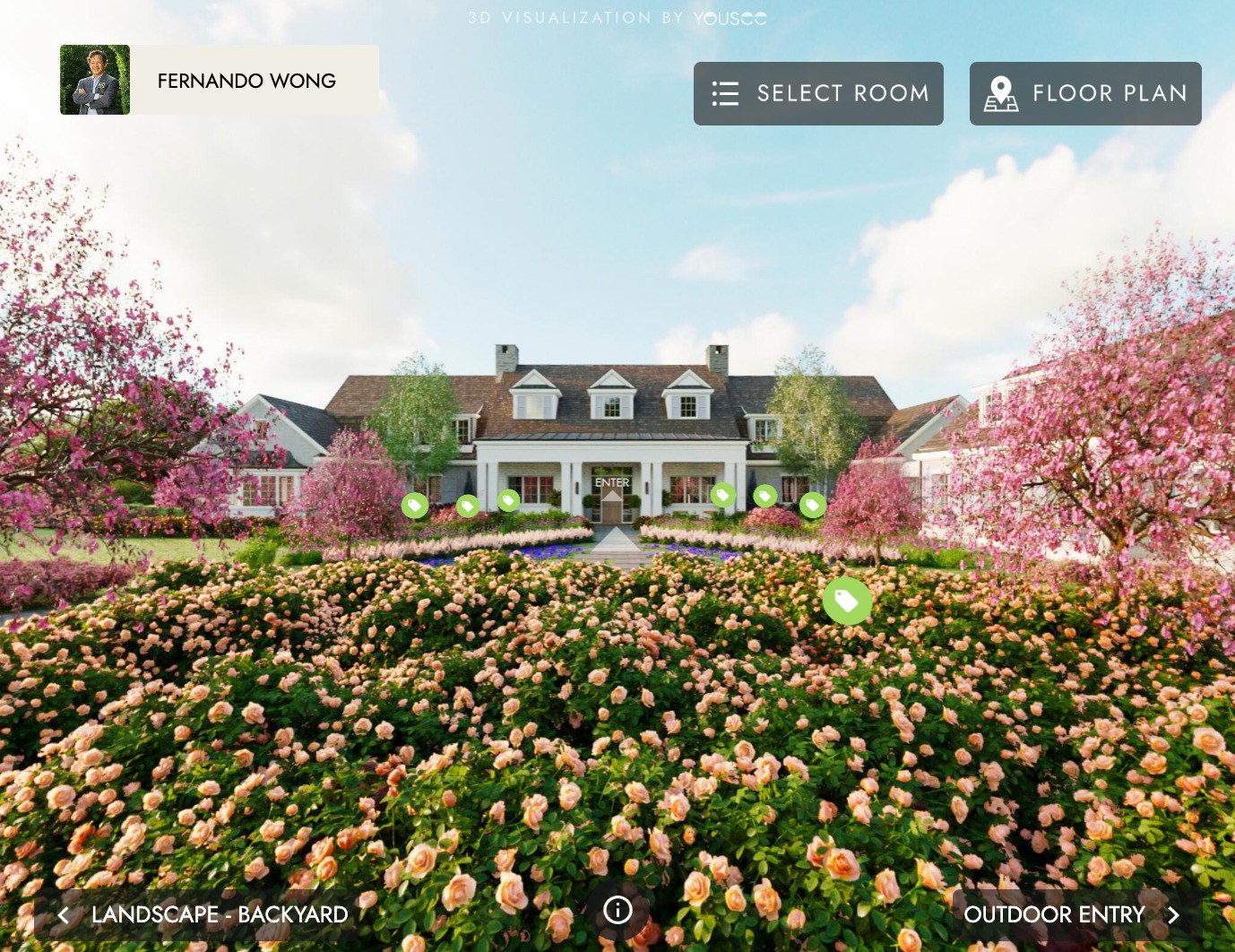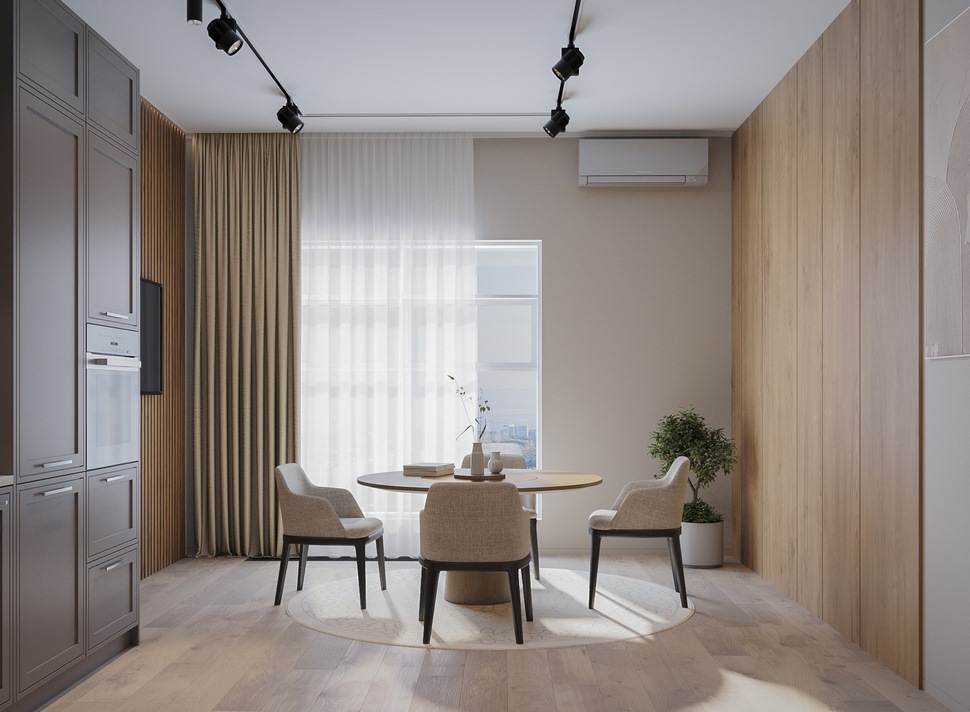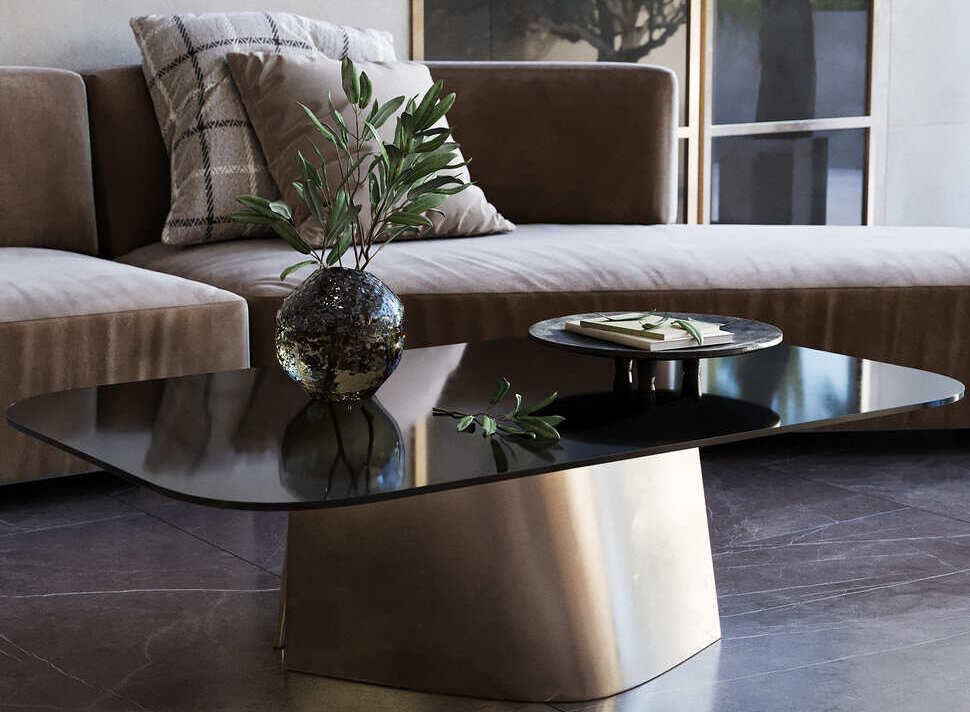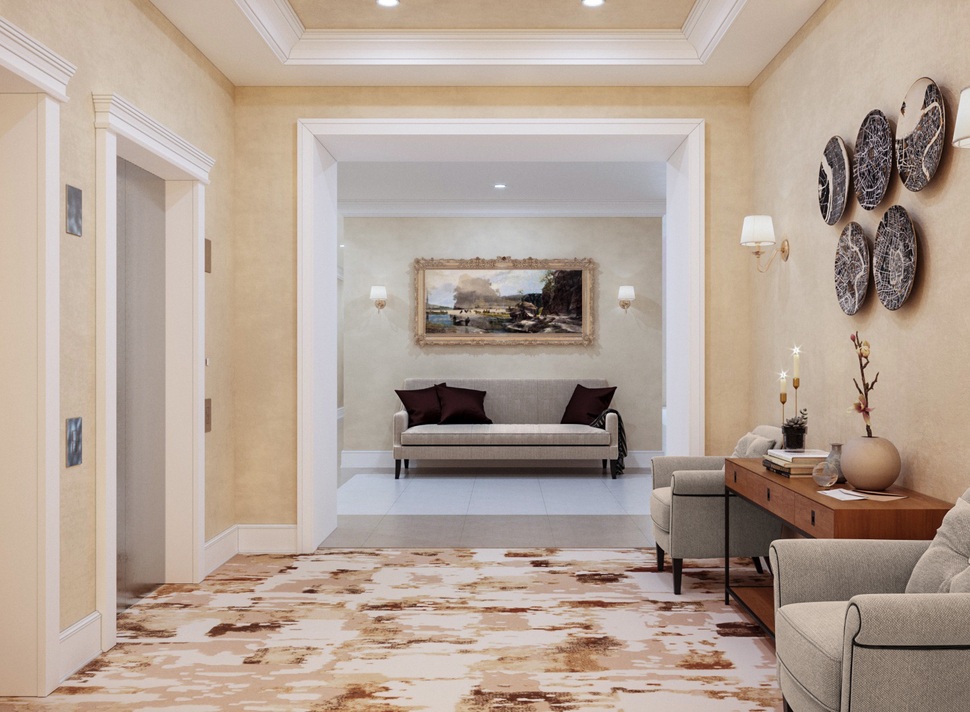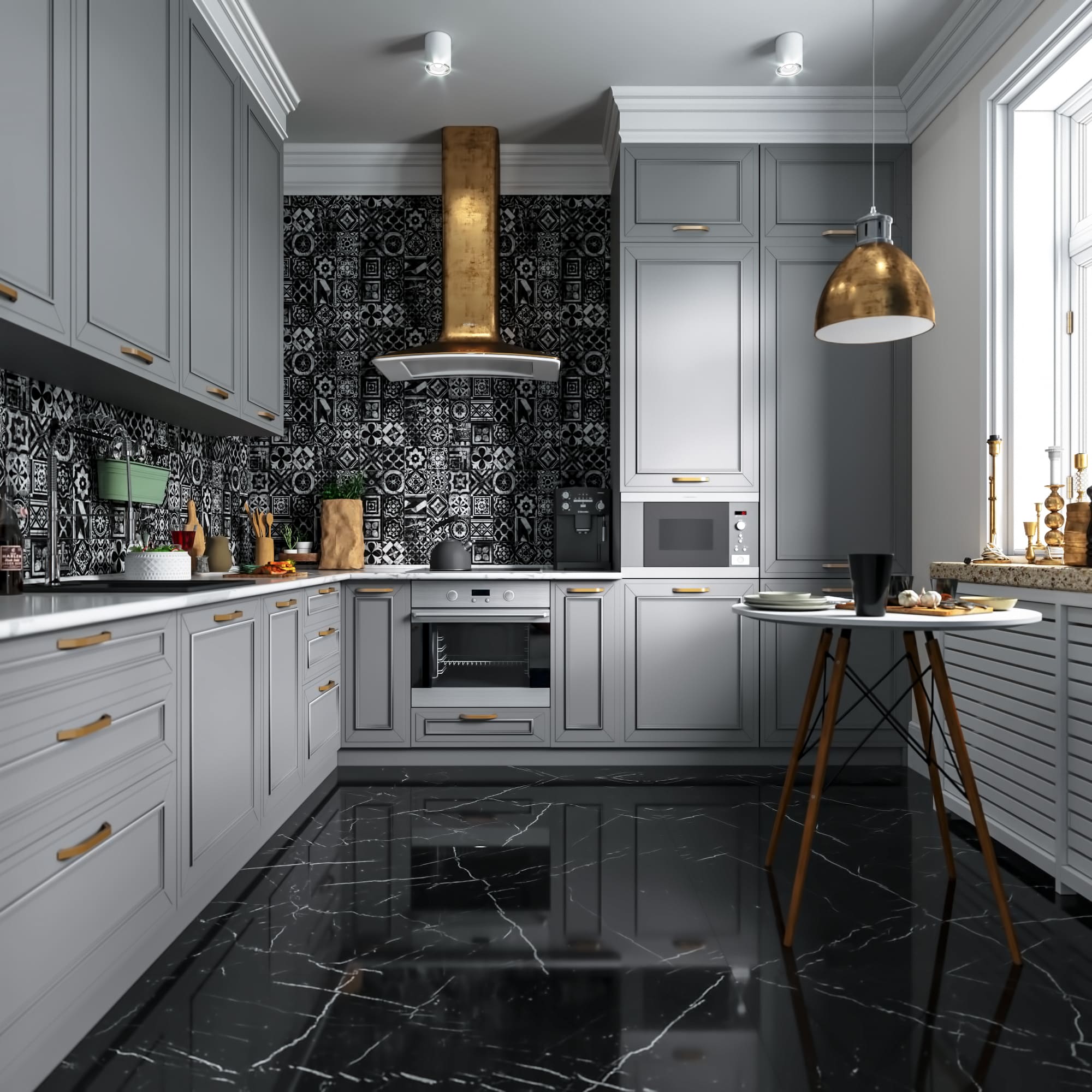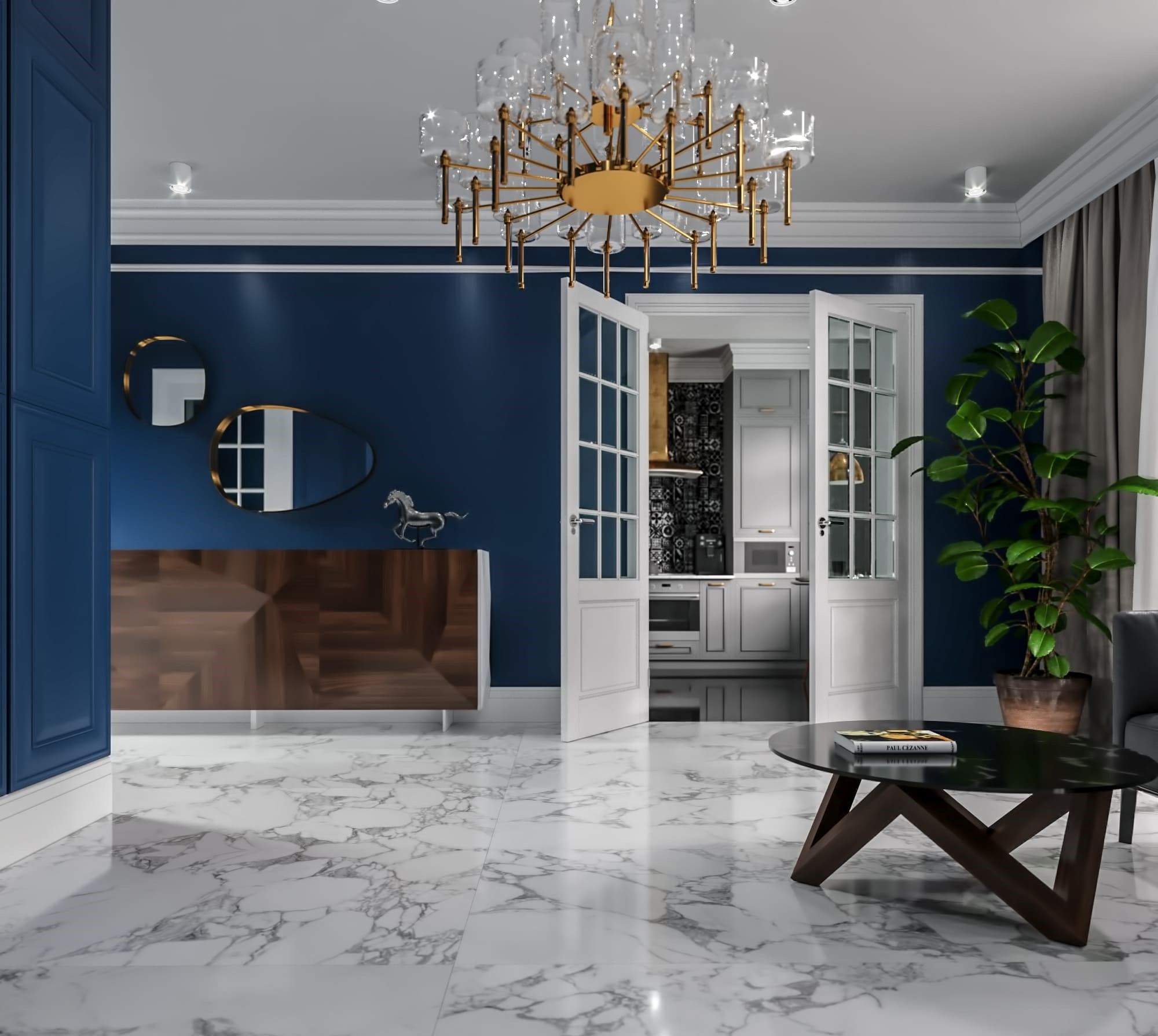Furniture Shopping Transformed: Moving from Physical to 3D Virtual Showrooms
In retail, the advent of 3D virtual showrooms has marked a significant shift, transforming the traditional furniture shopping experience into an immersive digital journey. This innovative approach leverages cutting-edge 3D rendering technologies to create lifelike virtual environments where consumers can explore and interact with furniture pieces in detail without stepping outside their homes. The essence of this article delves into how virtual showroom 3D technology is reshaping consumer behavior and retail strategies, offering a deep dive into the mechanics behind these virtual spaces, their benefits, and the technological advancements driving this revolution. By embracing virtual reality (VR), augmented reality (AR), and 3D modeling, retailers can offer unparalleled experiences that combine convenience with the tactile feel of in-store shopping, setting a new standard in the furniture retail industry.
Introduction to 3D Virtual Showrooms
The concept of 3D virtual showrooms represents a groundbreaking evolution in the way furniture is marketed and sold. Traditionally, customers would visit physical stores to touch, feel, and visualize how pieces of furniture would fit into their living spaces. However, this model has limitations, including geographical constraints, inventory accessibility, and the required time investment. Virtual showrooms transcend these limitations by offering a digital platform where users can navigate through detailed, three-dimensional representations of furniture collections from anywhere at any time.
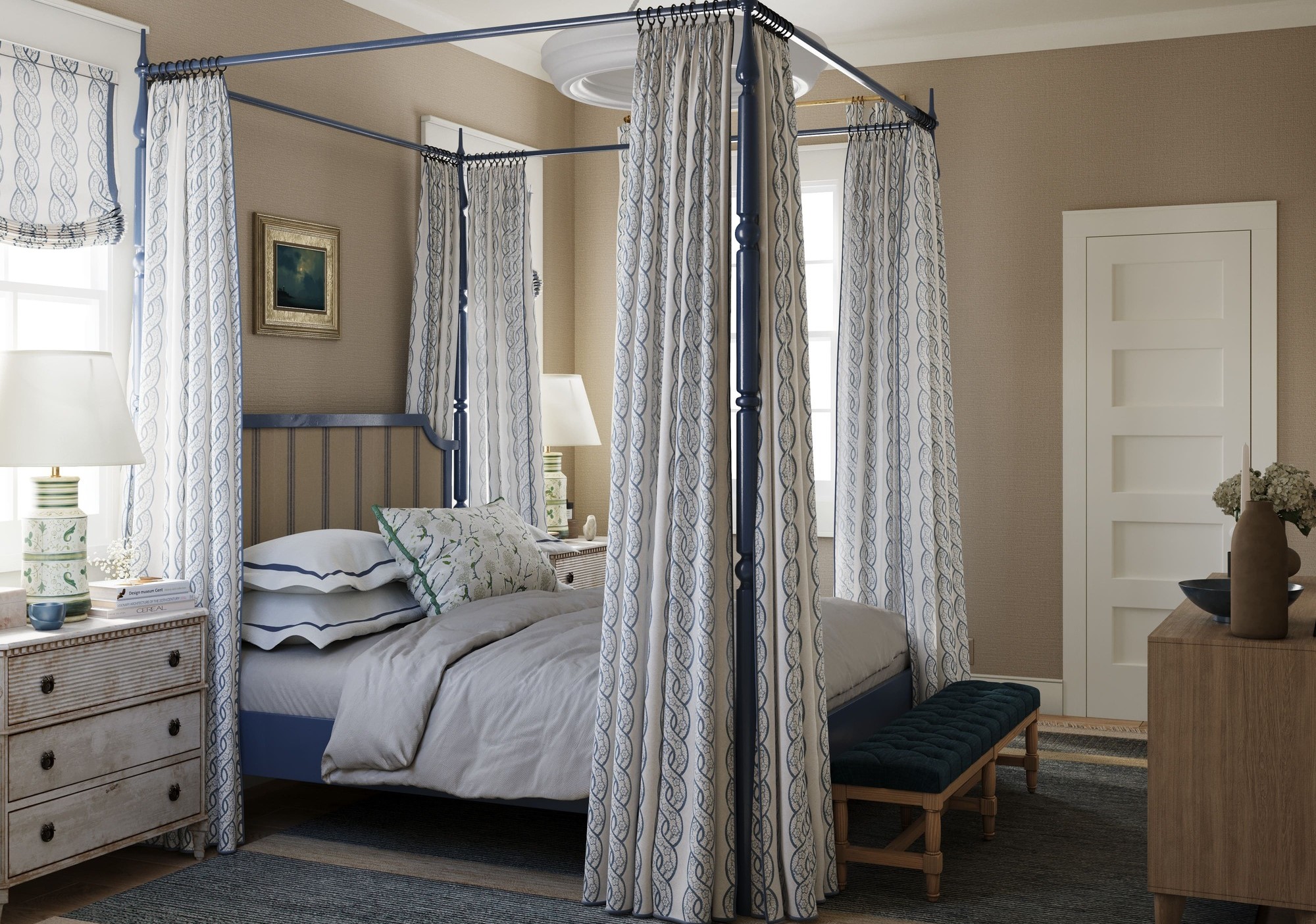
Image from Yousee Studio
The technology behind these virtual spaces combines high-resolution 3D modeling with intuitive user interface (UI) design to create realistic, navigable environments. Advanced rendering techniques, such as ray tracing, are employed to achieve lifelike lighting and shadows, enhancing the realism of each piece. Furthermore, these virtual showrooms are often powered by VR and AR technologies, allowing users to place virtual furniture in their own space using a smartphone or VR headset, providing a highly personalized shopping experience.
How 3D Virtual Showrooms Work
Technology Behind Virtual Showrooms
At the core of 3D virtual showrooms lies a sophisticated blend of 3D rendering and interactive software. The process begins with creating detailed 3D models for each furniture item. These models are crafted using computer-aided design (CAD) software, which allows designers to construct highly accurate and detailed representations. Each model is then textured, colored, and finished to mimic its real-world counterpart as closely as possible.
Once the 3D models are prepared, they are imported into a virtual environment where the showroom is designed. This environment is created using game development platforms like Unity or Unreal Engine, which can render complex scenes in real-time. These platforms support interactive elements, such as changing the color or fabric of furniture with a click, offering a dynamic and engaging user experience. Lighting is crucial in enhancing realism; dynamic lighting systems simulate different times of day or lighting conditions, allowing customers to see how products look under various lighting scenarios.
User Experience: Navigating the Virtual Space
Navigating a 3D virtual showroom is designed to be as intuitive as visiting a physical store. Users can move through the space using simple controls, often just a mouse and keyboard or touchscreen gestures on mobile devices. Some platforms also offer a guided tour mode, where users can be taken through the showroom on a predetermined path, highlighting featured products or new arrivals.
Interactivity is a crucial feature of these virtual showrooms. Customers can interact with the furniture by opening drawers, rotating items, or customizing the product's materials and colors. This level of interaction engages customers and helps them make informed decisions by allowing them to explore every detail of the product.
Moreover, integration with augmented reality technology enhances the shopping experience by enabling customers to visualize how the furniture will look in their own space. By simply pointing their device's camera at the intended area in their home, users can see a live overlay of the furniture piece in the room, adjusting its position and orientation to find the perfect fit. This feature significantly reduces the uncertainty associated with online furniture shopping, providing a realistic impression of how the items will complement the customer's existing space and decor.
The shift towards 3D virtual showrooms in the furniture retail sector is not just a trend but a significant leap forward in how retailers connect with their customers. By leveraging advanced 3D rendering technologies and interactive software, these virtual spaces offer a convenient, engaging, and highly personalized shopping experience that traditional physical showrooms cannot match. As technology continues to evolve, the possibilities for further enhancing these virtual experiences are boundless, promising an exciting future for consumers and furniture retailers.
Advantages for Consumers and Retailers
The transition from physical showrooms to 3D virtual showrooms offers many benefits to consumers and retailers, fundamentally altering the landscape of furniture shopping. For consumers, the primary advantage lies in the convenience and accessibility of browsing furniture collections without the need to visit a physical store. This digital approach eliminates geographical barriers, enabling customers from any location to explore various products at their leisure. The immersive nature of 3D virtual showrooms enhances the shopping experience further by providing customers with a realistic view of how furniture pieces would look and fit in their living spaces. Advanced features such as changing materials, finishes, and colors in real time allow for customization and personalization that traditional shopping cannot offer. Moreover, augmented reality (AR) integration takes this one step further by enabling customers to visualize furniture in their homes, thereby reducing the guesswork and uncertainty often associated with online furniture shopping.
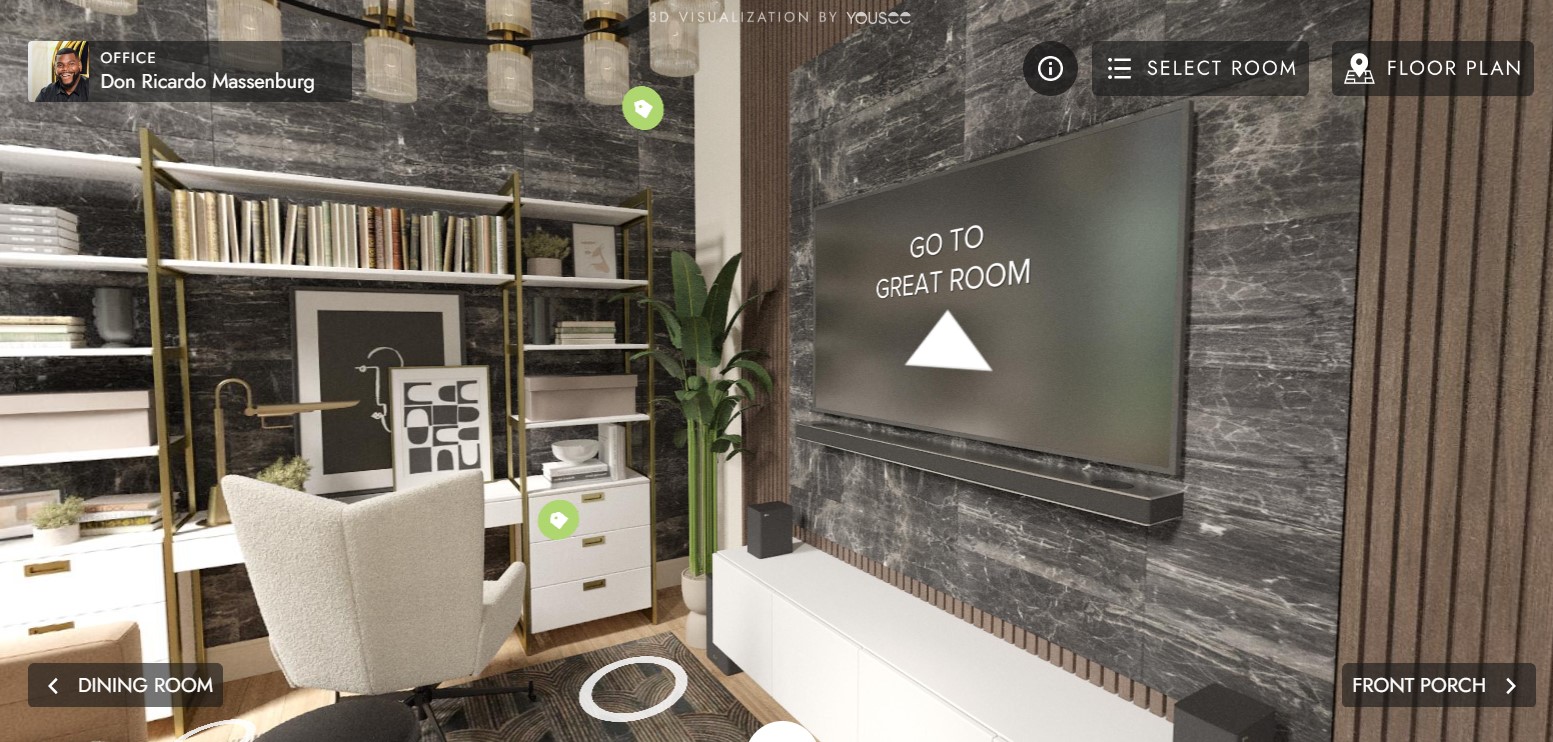
Image from Yousee Studio
For retailers, the shift towards virtual showrooms represents a significant reduction in overhead costs associated with maintaining physical storefronts, such as rent, utilities, and staffing. This cost efficiency can be redirected towards enhancing the online shopping experience and expanding the product range. Additionally, virtual showrooms offer retailers valuable insights into consumer behavior through data analytics. Tracking how customers interact with the virtual space and products can inform inventory management, marketing strategies, and product development, leading to more informed business decisions and improved customer satisfaction. The global reach of virtual showrooms also opens up new retail markets, breaking down the traditional barriers of physical retail and allowing for a broader customer base.
Implementing 3D Virtual Showrooms
Steps for Retailers to Create Their Virtual Showroom
The process of implementing a 3D virtual showroom involves several key steps, beginning with the conceptualization of the virtual space. Retailers must first decide on the layout and design of the showroom, ensuring it aligns with their brand identity and appeals to their target audience. The next step involves the creation of high-quality 3D models for each product to be featured in the showroom. This requires detailed photographs of each item from multiple angles, which are then used to create lifelike 3D models through a process known as photogrammetry or through traditional 3D modeling techniques.
Once the 3D models are ready, they are placed in the virtual environment, designed to mimic a showroom or a unique space. This environment is programmed with interactive features, such as product customization options, navigation controls, and informational pop-ups. Ensuring the virtual showroom is accessible across various devices and platforms is crucial, requiring optimization for desktops, tablets, and smartphones and compatibility with VR headsets for a fully immersive experience.
Integration with Online Sales Platforms
Integrating the virtual showroom with the retailer's online sales platform is critical in creating a seamless shopping experience. This involves linking each product featured in the virtual showroom to its corresponding page on the retailer's e-commerce site, where customers can view additional details, check availability, and make a purchase. The integration should be intuitive, allowing customers to easily transition from exploring the virtual showroom to completing a purchase without leaving the virtual environment.
To enhance the customer experience further, retailers can implement features such as live chat support within the virtual showroom, enabling customers to receive immediate assistance and answers to their questions as they shop. Additionally, incorporating a virtual shopping cart within the showroom allows customers to add items to their cart as they explore, further mimicking the physical shopping experience.
Conclusion: The Impact on Furniture Shopping
The advent and adoption of 3D virtual showrooms have ushered in a transformative era for the furniture shopping experience, marking a significant departure from traditional retail practices. This evolution reflects a broader trend toward digitalization in retail, driven by technological advancements and changing consumer preferences. The impact of virtual showrooms on furniture shopping is profound, reshaping how consumers discover and interact with products and how retailers approach marketing, sales, and customer engagement.
For consumers, the benefits of 3D virtual showrooms are clear. They offer unprecedented convenience, allowing shoppers to explore extensive furniture collections from the comfort of their homes. The immersive nature of these virtual environments, enhanced by realistic 3D rendering and interactive features, provides a deeper understanding of the products. Customers can visualize how items will look in their space, experiment with different styles and configurations, and make informed decisions without the pressure and time constraints of physical shopping. This shift towards a more customer-centric shopping experience will likely affect consumer expectations, setting a new standard for online retail.
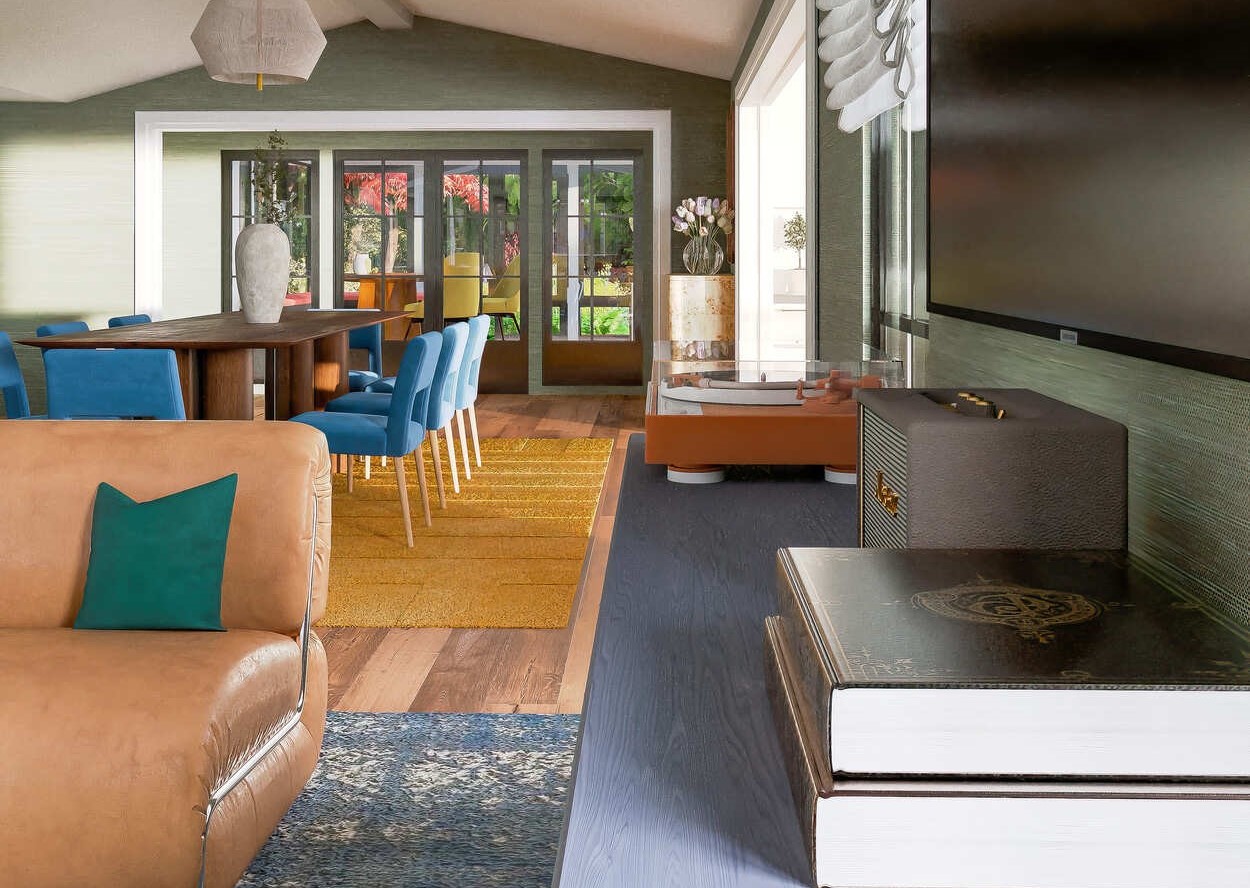
Image from Yousee Studio
Retailers, on the other hand, stand to gain from the operational efficiencies and market insights offered by virtual showrooms. By reducing the reliance on physical stores, businesses can lower overhead costs and allocate resources more effectively. The data generated from user interactions within these virtual spaces offers valuable insights into consumer behavior, preferences, and trends, enabling retailers to tailor their offerings and marketing strategies more precisely. Furthermore, the global reach of virtual showrooms opens up new opportunities for market expansion, allowing businesses to tap into previously inaccessible customer segments.
The impact of 3D virtual showrooms extends beyond the immediate benefits to consumers and retailers, signaling a shift in the broader retail landscape. As these virtual environments become more sophisticated, incorporating technologies such as artificial intelligence (AI) and augmented reality (AR), the line between online and offline shopping experiences will continue to blur. This convergence will spur further innovation in retail, challenging businesses to evolve and adapt to stay competitive continually.
Contact us at YouSee Studio for captivating 3D renderings and immersive virtual experiences.
Ray Lisbon is a content writer and the author of this article.

